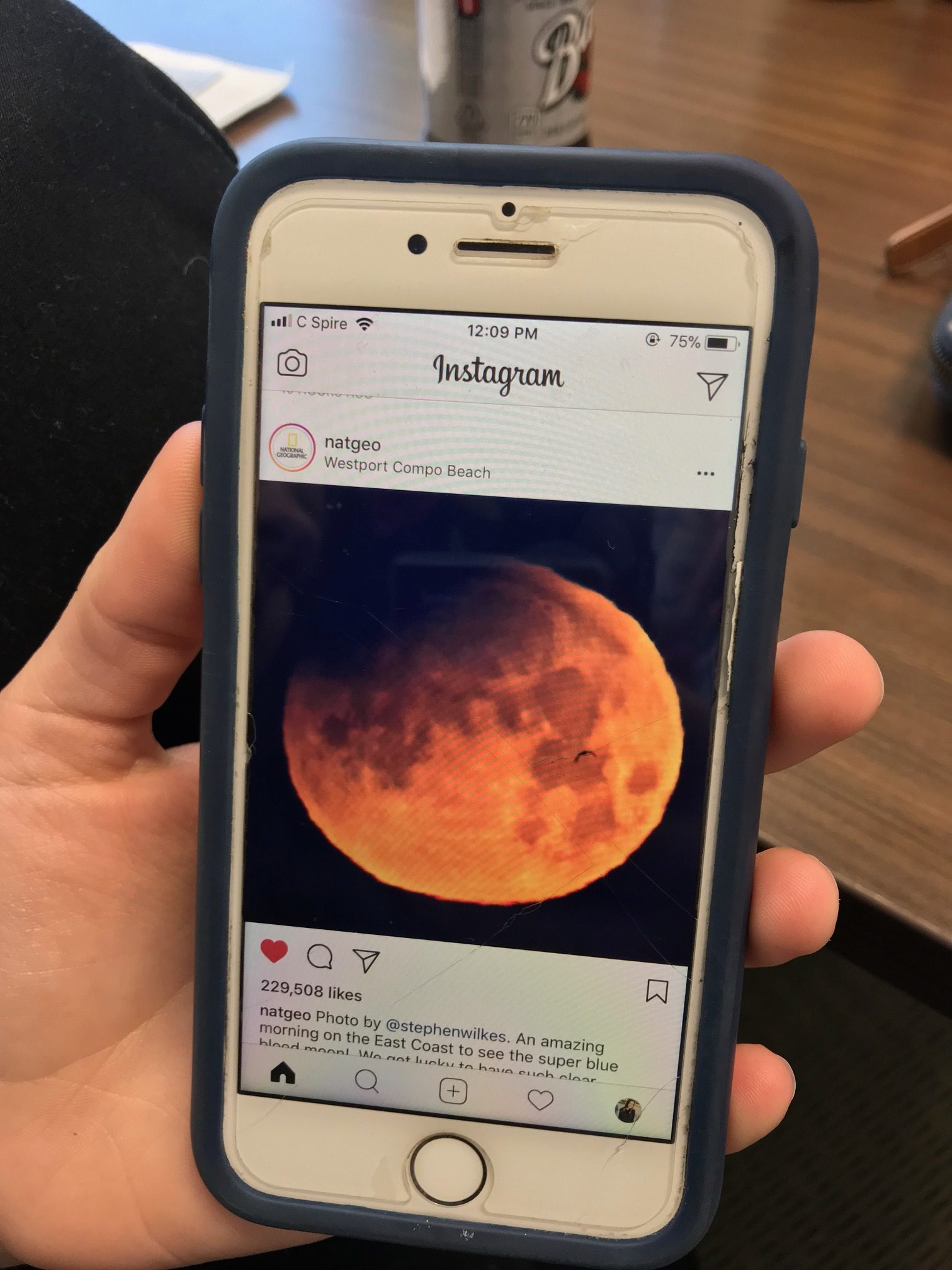On the night of January 30 and the early morning of January 31, the world experienced a rare super blue blood moon. This rare occurrence was special in three ways. First, it was the third in a series of super moons, meaning it was orbiting closer to Earth and appeared larger than usual. Second, it was the second full moon in the month of January, making it a blue moon. Third, as the moon passed through the Earth’s shadow, it was given a red tint, called a blood moon.
For those on the west coast, the totality of the eclipse was visible for up to an hour or more and lasted from 2:51 a.m. to 8:08 a.m. altogether.
Although the Eastern part of the United States did not get as spectacular a view as the West Coast, places close by like Jackson and Vicksburg were lucky enough to get a short glimpse of totality, around four or so minutes.
If you missed this eclipse, North America will experience another supermoon eclipse on January 21, 2019, but it will not be a blue moon.
https://www.nasa.gov/feature/super-blue-blood-moon-coming-jan-31
Some of the best pictures of the eclipse from around the world can be found here:
by Kristen Feraci


